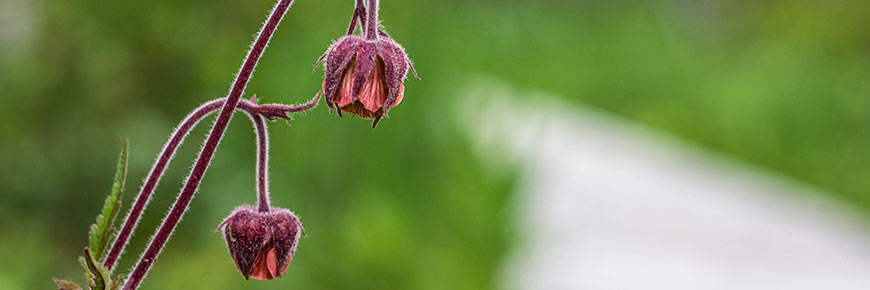
Ecosystems
Gros Morne National Park
The arctic-alpine ecosystem is generally restricted to higher elevations in the park, where extremes of climate restrict tree growth, allowing barren ground and arctic-alpine vegetation communities to develop and persist. Barrens cover 35% of the park and support some of the most southerly breeding populations of Arctic and alpine wildlife and plants in eastern North America including Arctic hare, rock ptarmigan, tree sparrow, white-crowned sparrow, and a variety of plants including herb willow. These species are important symbols of the ecological features the park was established to protect.
 Arctic-alpine
Arctic-alpine The freshwater ecosystem in Gros Morne include several large oligotrophic lakes (e.g. Western Brook Pond), and large lowland rivers (e.g. Lomond River), as well as a multitude of smaller lakes, ponds, rivers and streams in the highlands and lowlands. The park also has a wide variety of wetlands, marshes, fens, bogs and even beaver ponds! Though surface water and wetlands account for approximately 19% of the park area, this ecosystem provides phenomenal visitor experiences (e.g. sport fishing, boating, viewscapes), important ecosystem services (e.g. clean water, buffering capacity from storms and runoff), and is home a wide variety of wildlife!
 Lomond River
Lomond River The forest ecosystem is the most extensive ecosystem in Gros Morne, occupying approximately 44% of the park, and includes productive coniferous and mixed forests in the lowlands as well as scrub and highland coniferous forests. Management of Domestic Timber Harvesting is a key responsibility for the park, and success in implementing the Domestic Timber Harvest management plan is an important measure of management effectiveness. Park forests are under threat, particularly due to colonization by numerous non-native species including moose, red squirrel, red-backed vole and spruce grouse. In particular, over-browsing by hyper-abundant moose has led to widespread disruption of forest regeneration following disturbance, and is likely also causing loss of native plant biodiversity.
 A forest during the early fall in Gros-Morne National Park
A forest during the early fall in Gros-Morne National ParkRelated links
- Date modified :